Enterprise
Managing cloud costs and investments can be complex. It is easy to overspend on cloud services without enterprise-wide visibility and predictability of IT utilization, making it hard to ensure that your investments across public cloud and on-premises technologies are bringing you the speed and innovation you expect. A cloud cost management approach based on financial operations (FinOps) principles brings together financial, technical, and business functions to create a cost-conscious culture for cloud cost optimization. Exivity helps companies address the complexity of cloud costs and lower their total cost of ownership through various means, including central collection of all usage data for comprehensive visibility, precise allocation of cost to organizations, right-sizing, and data-driven cost takeout measures.
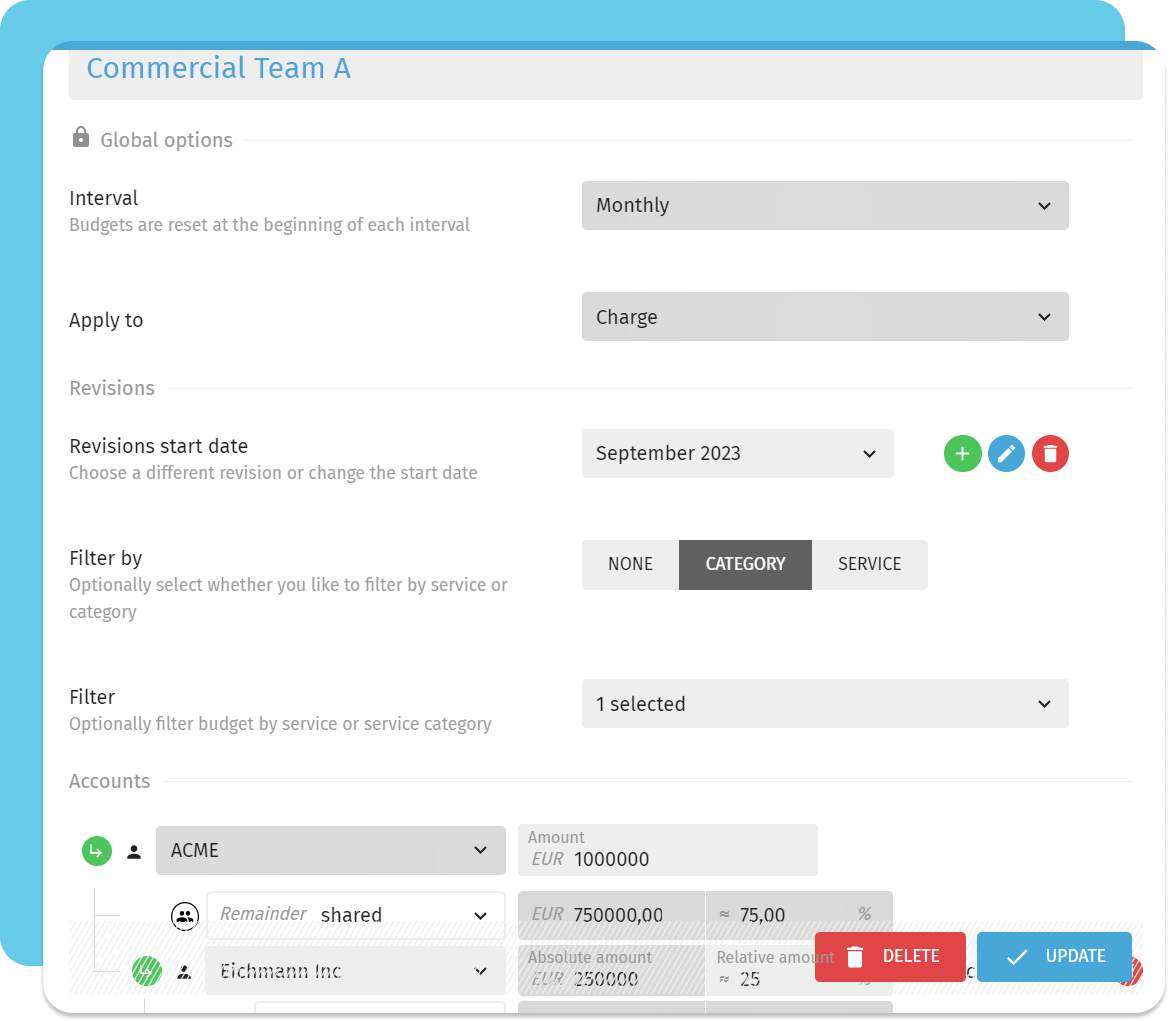
✅ Budget Management
Manage multi-level budgets with monthly, quarterly, or yearly intervals. Set a budget for the company, and limit spend for specific departments, business units, or projects.
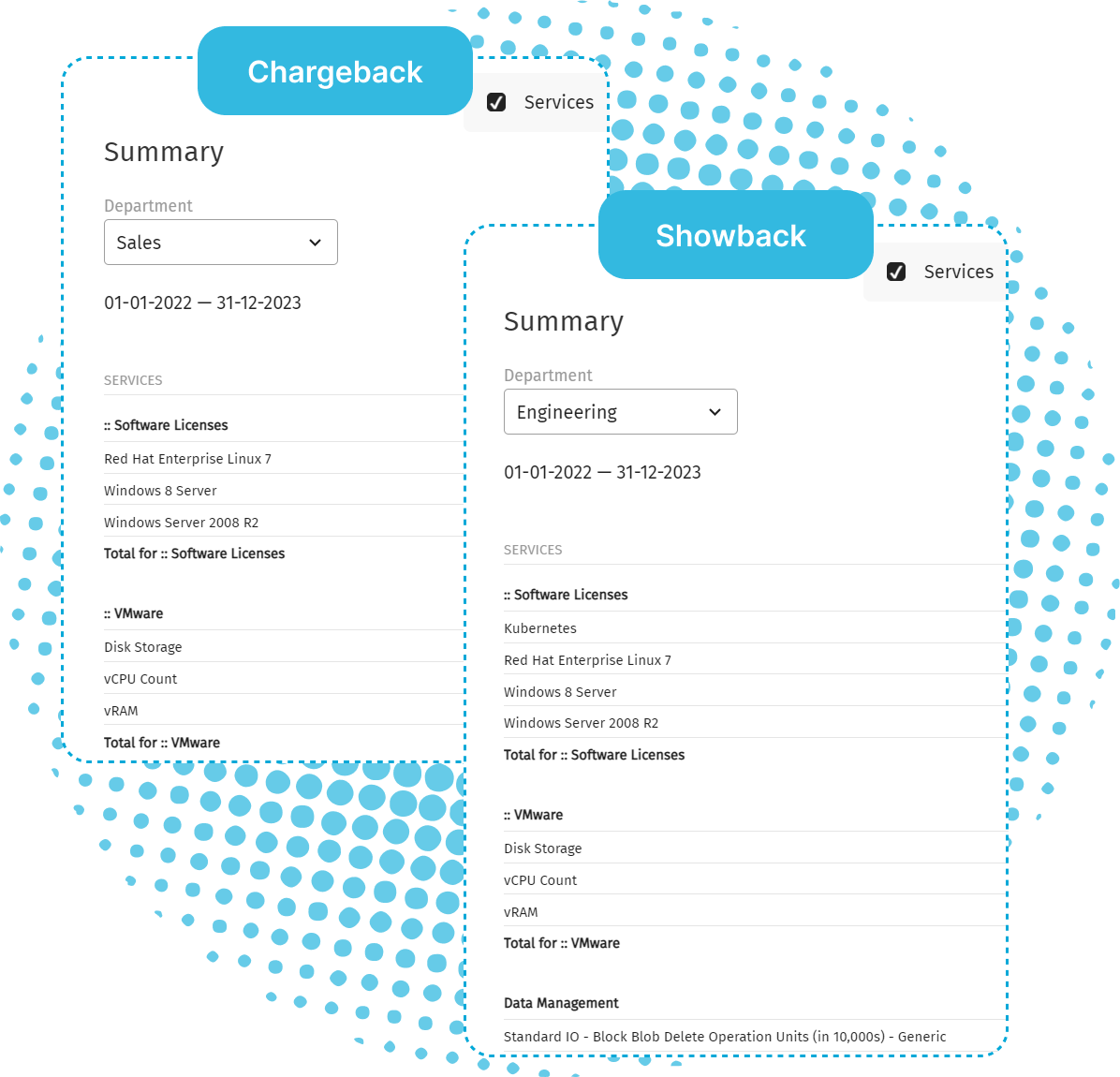
✅ Cost Allocation and Accountability
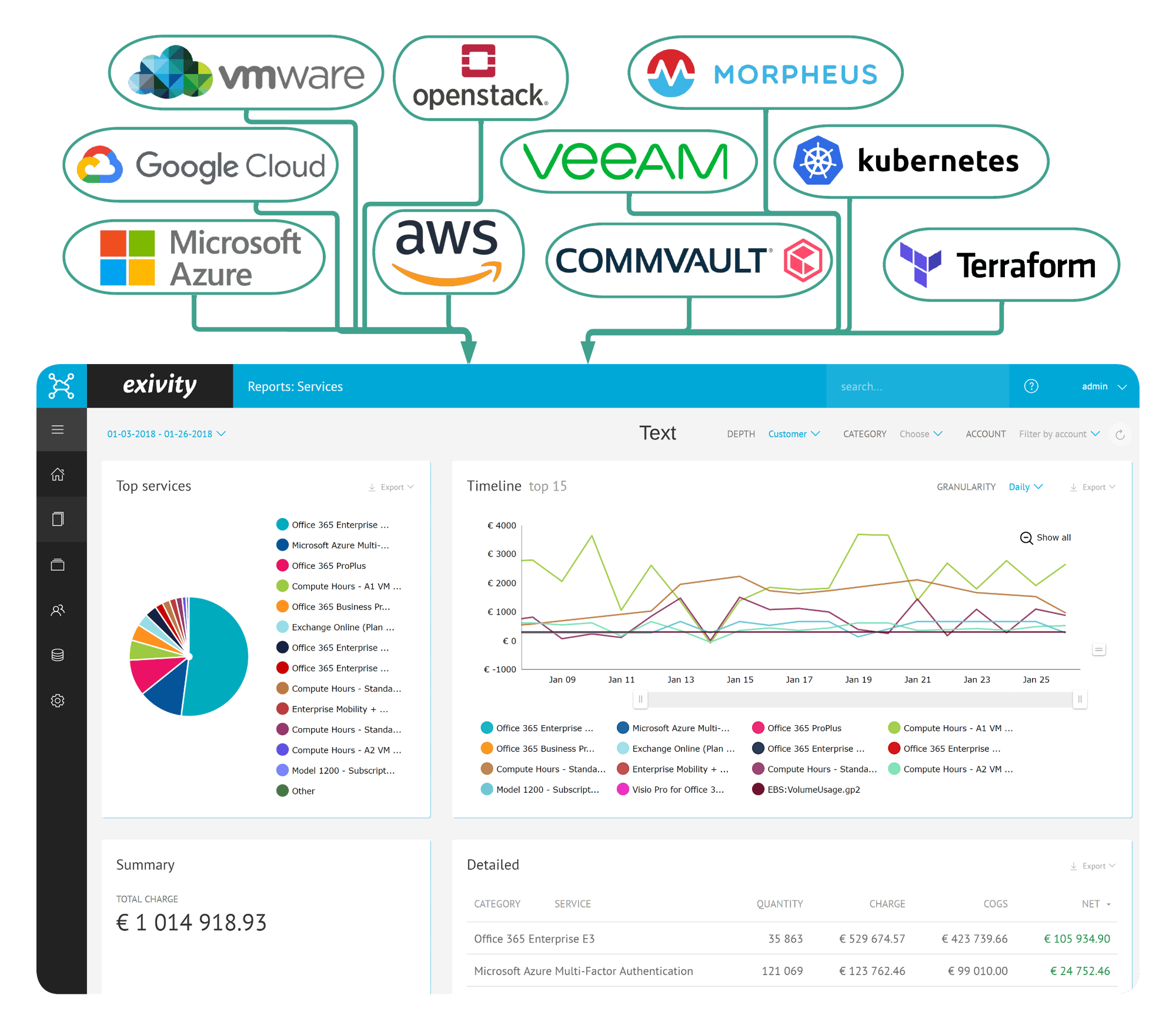
✅ Cost Reporting across Multiple Clouds
Reduce cloud cost complexity with Exivity’s single pane of glass across all cloud usage, be it in public clouds or on-prem.
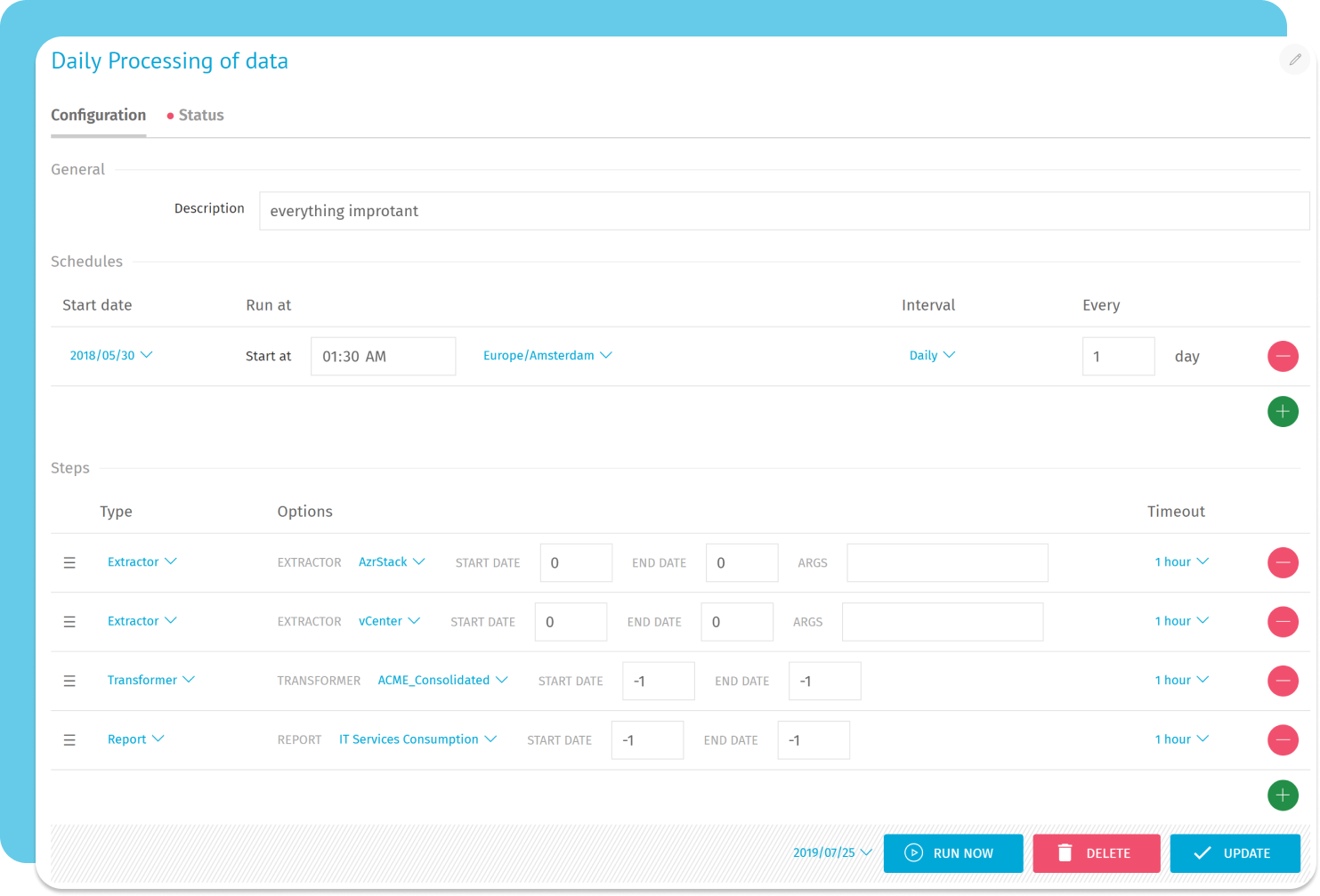
✅ Automated Workflows
The Exivity Workflow Engine enables you to automatically execute your Extractors, Transformers, and Reports at custom intervals and times to accommodate near-realtime data ingestion tasks. It is also possible to execute external scripts or webhooks as part of a chain of command, where external business applications may need to be alerted when Workflows are completed.
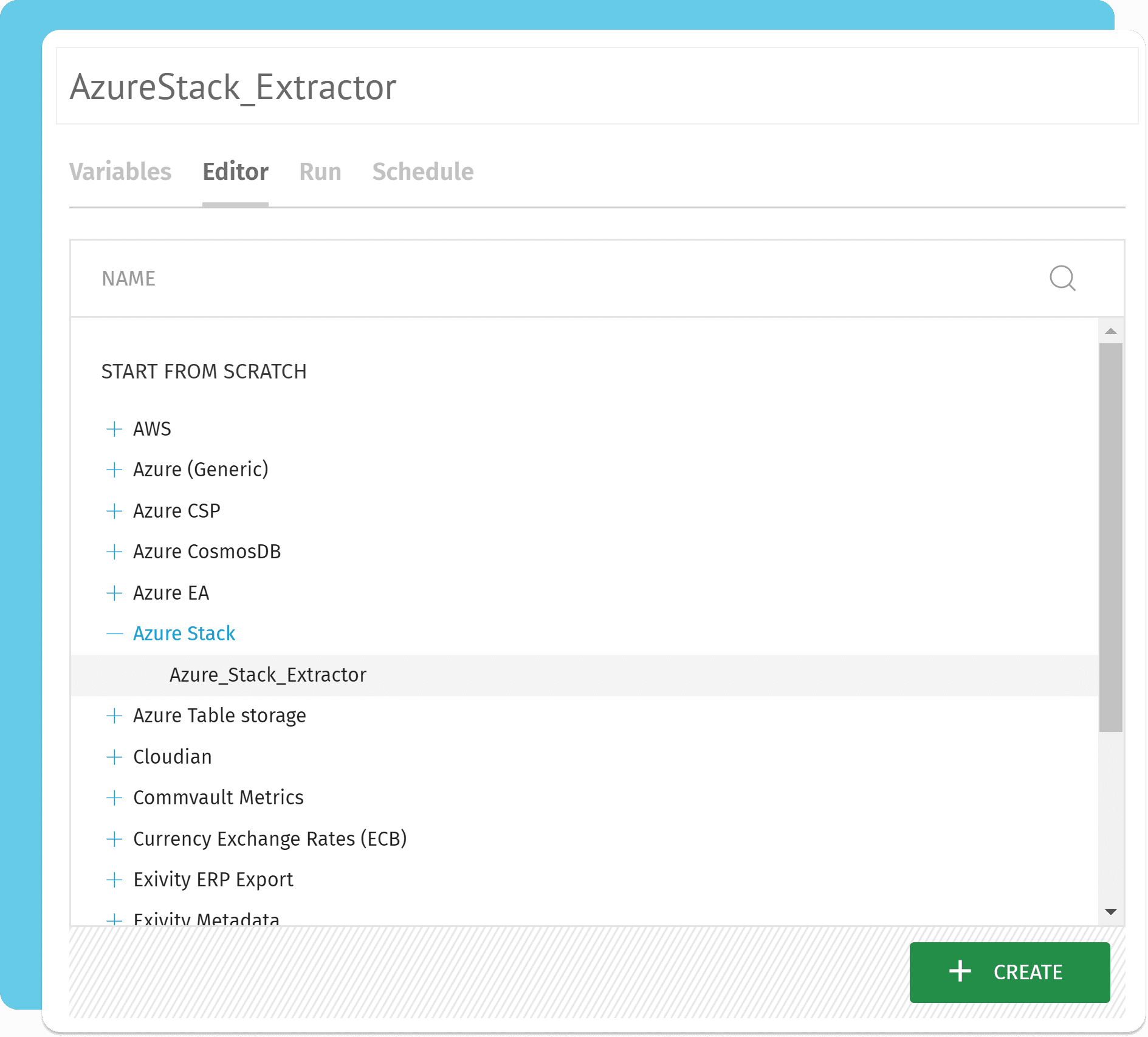
✅Easy Data Extraction out of the Box
Exivity comes with Extractor templates for most relevant endpoints ranging from public clouds to on-premise data sources. Where there is no template yet you can create your own Extractors quickly using Exivity’s powerful scripting language.
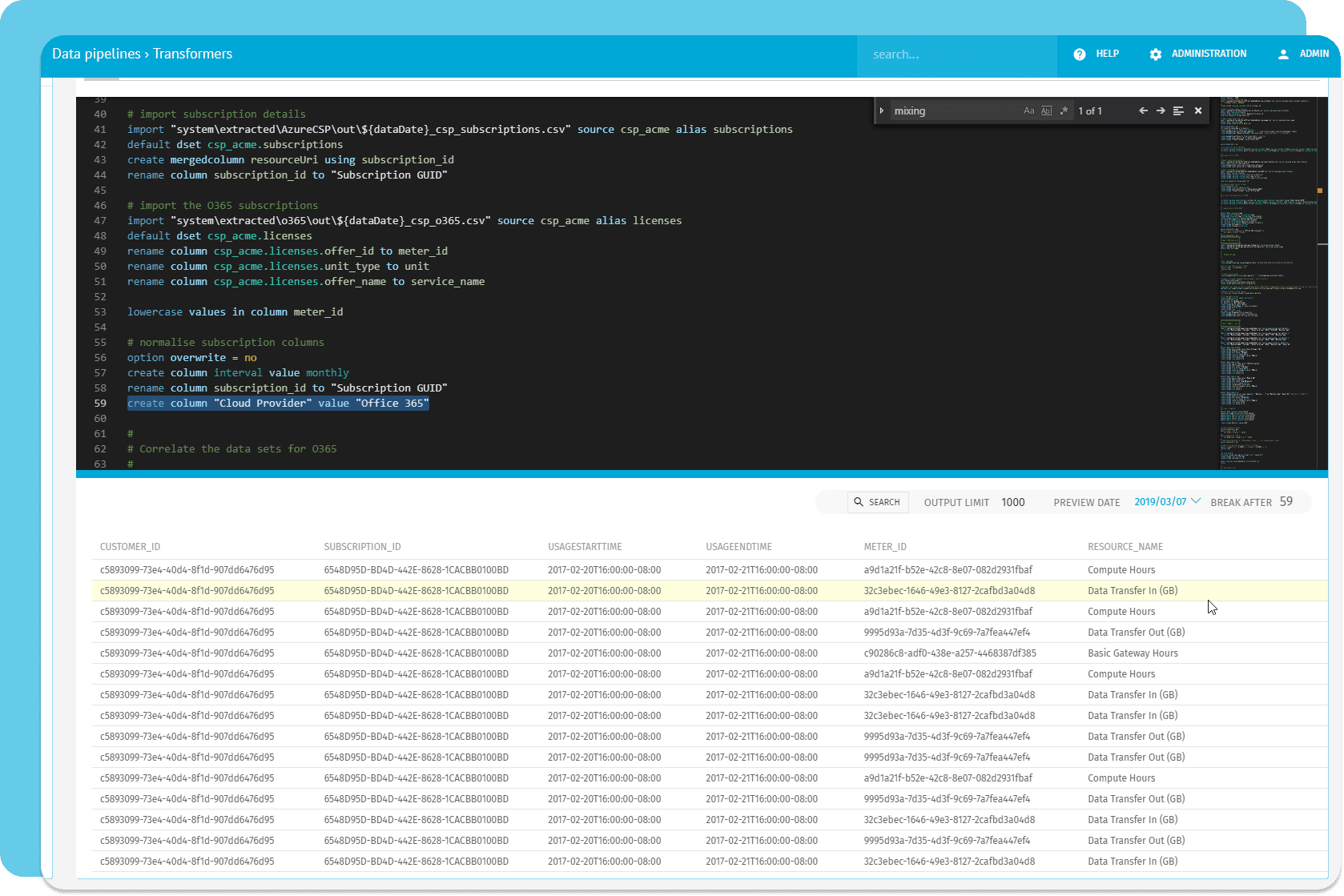
✅ Data Ingestion Live Preview
Exivity comes with a powerful ETL engine to massage your data. This engine includes the ability to preview data normalization, data mapping, and data enrichment as they are being implemented and tested by the user.
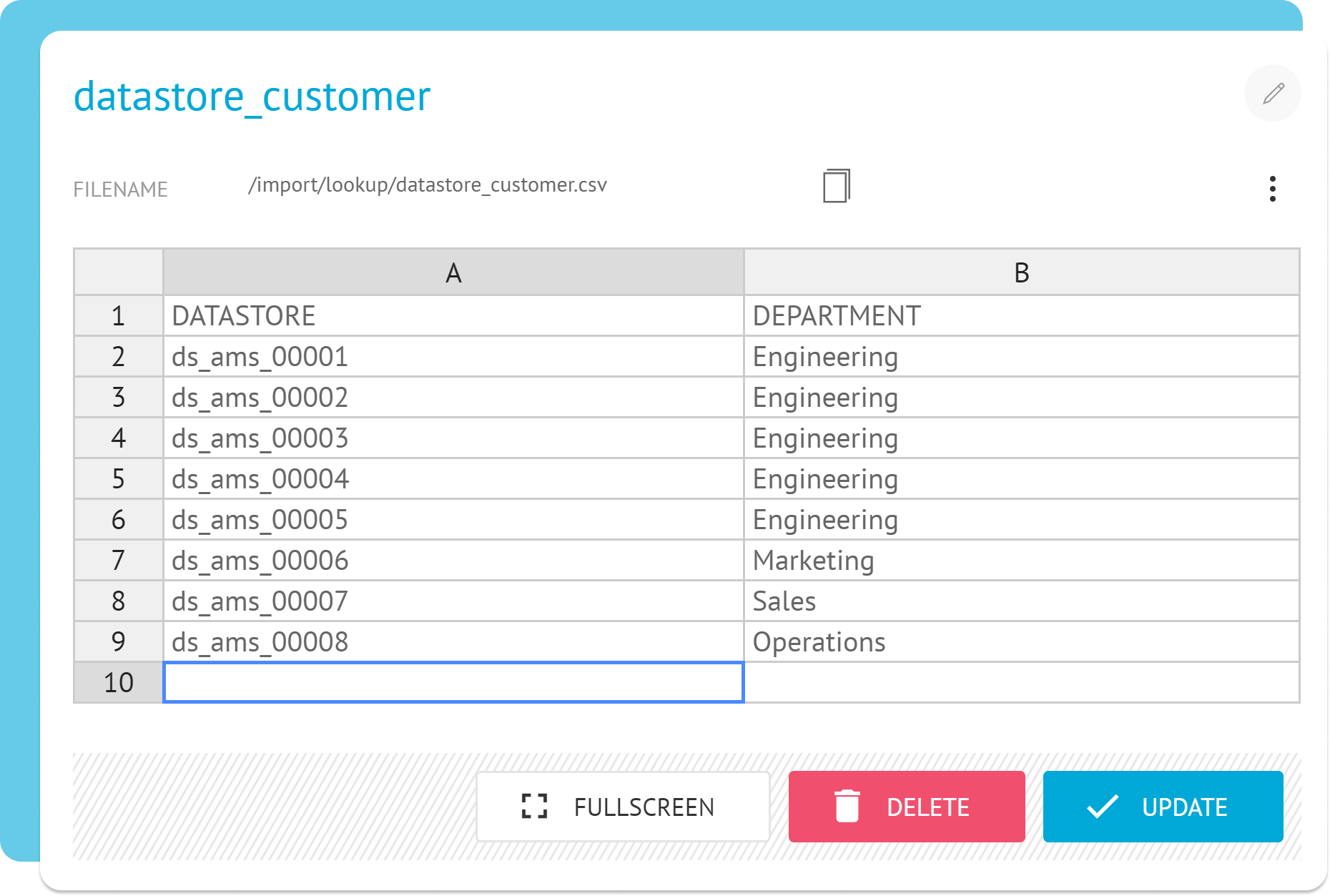
✅ Powerful Data Transformation
Once data is extracted from its sources, it can be transformed according to the business’ needs. Common use cases are supported by ready-made Transformer templates, additional ones can be easily scripted, including by data enrichment through reference data lookup.
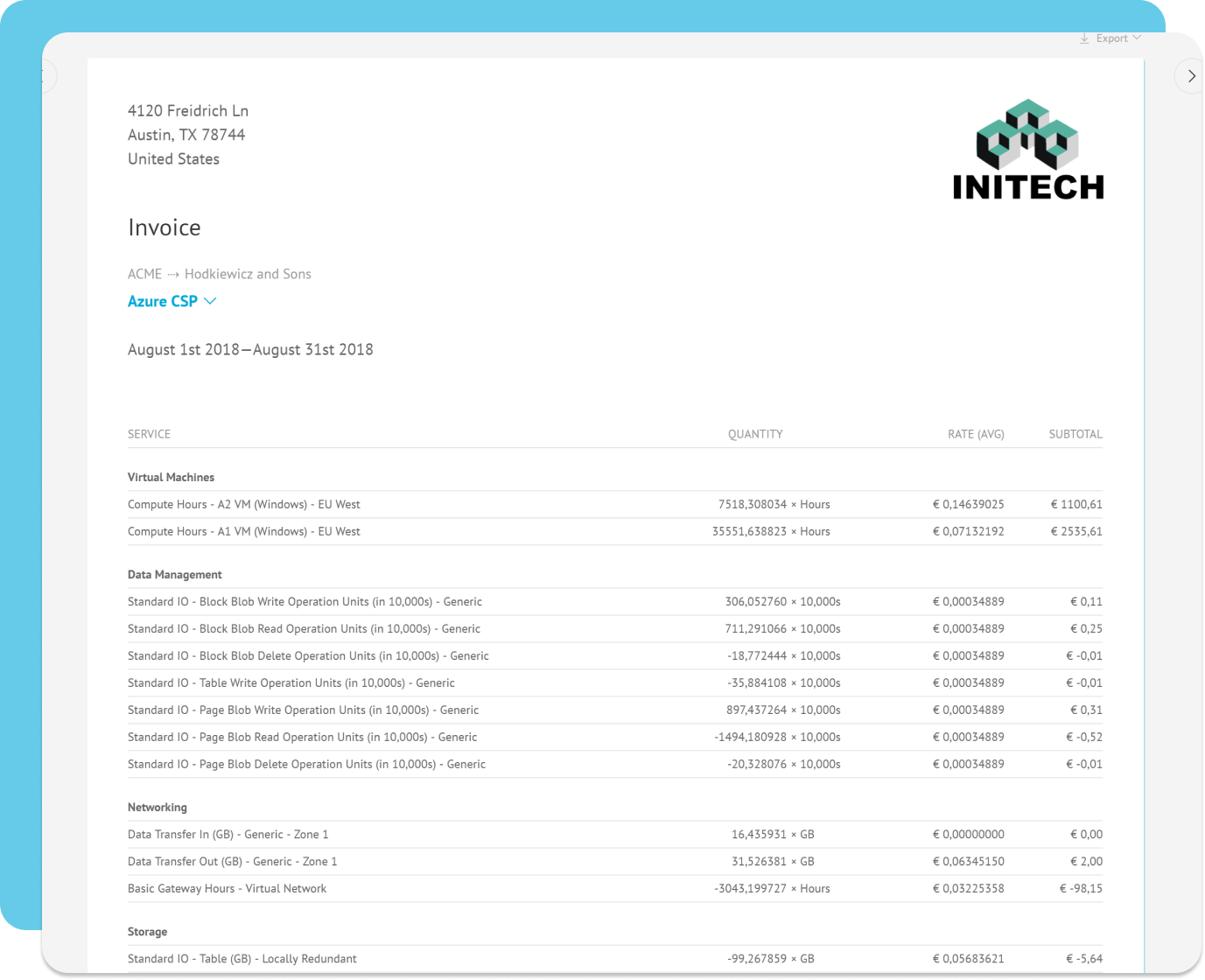
✅ Cost Summary Reports
The cost summary report enables you to drive showback, chargeback, and billing. Reports can be sent to your customers or department leads, as well as fed into ERP systems like SAP, Oracle or Microsoft Dynamics.
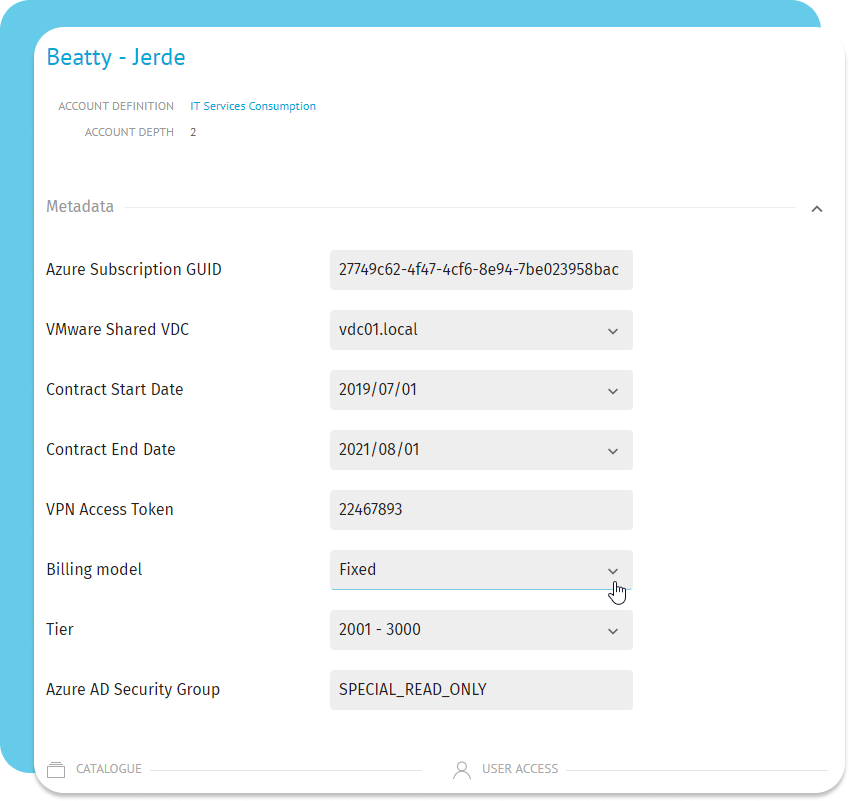
✅ Unified Data Management and Department Mapping
Exivity can be a single source of truth when maintaining Tags, Labels and other values to identify and map customers, contracts or department-specific values. If this data is not available in an external CMDB, Exivity supports the population of metadata fields associated with your customer or departmental data.
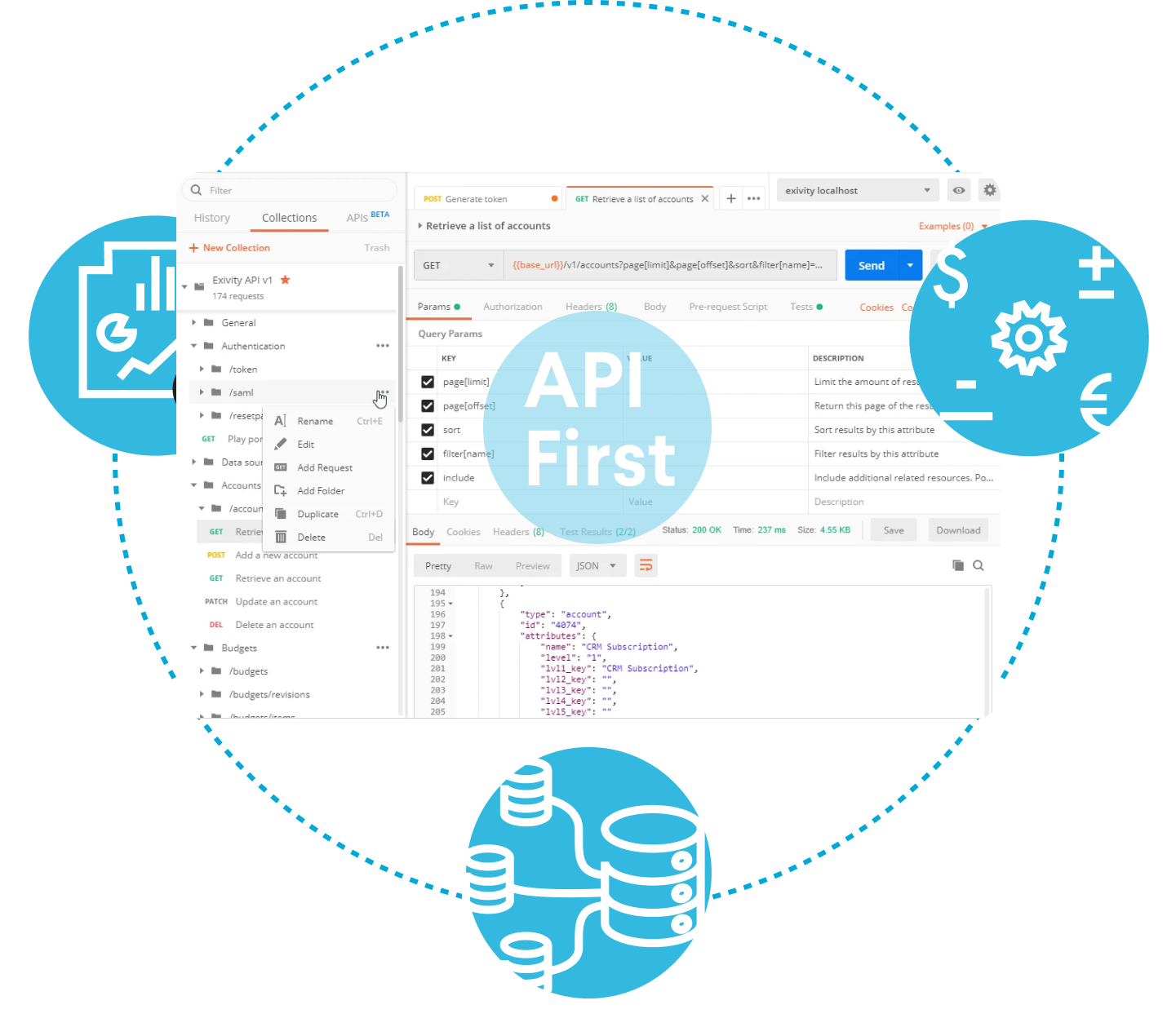
✅ Data as a Service
The data that Exivity collects and transforms can also be accessed and used by analytic tools, for example, Power BI, Tableau, ThoughtSpot, SAP BI, and any preferred analytics/AI technology.
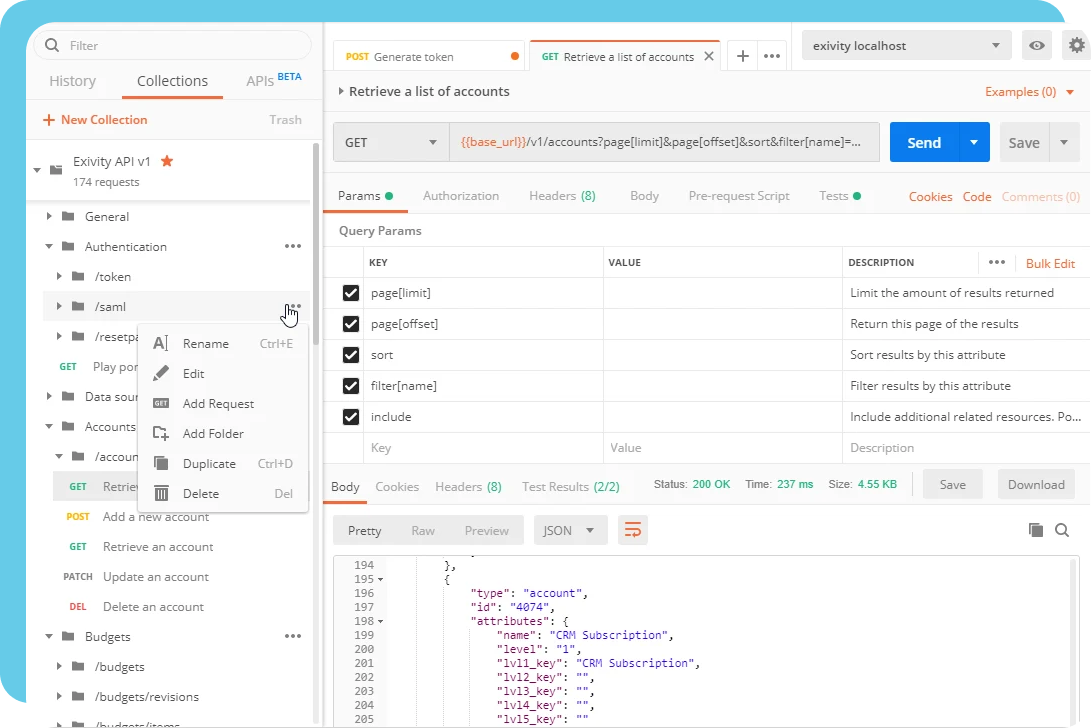
✅ Easy Integration
Using our flexible REST API and our API-first approach it is a breeze to integrate Exivity with 3rd party vendors. Pull consumption data into a customer dashboard or push data into your ERP, CMDB or ITSFM systems.
Exivity supports user authentication via any SAML2 Identity Provider. Examples include:
- Azure AD
- OneLogin
- Auth0
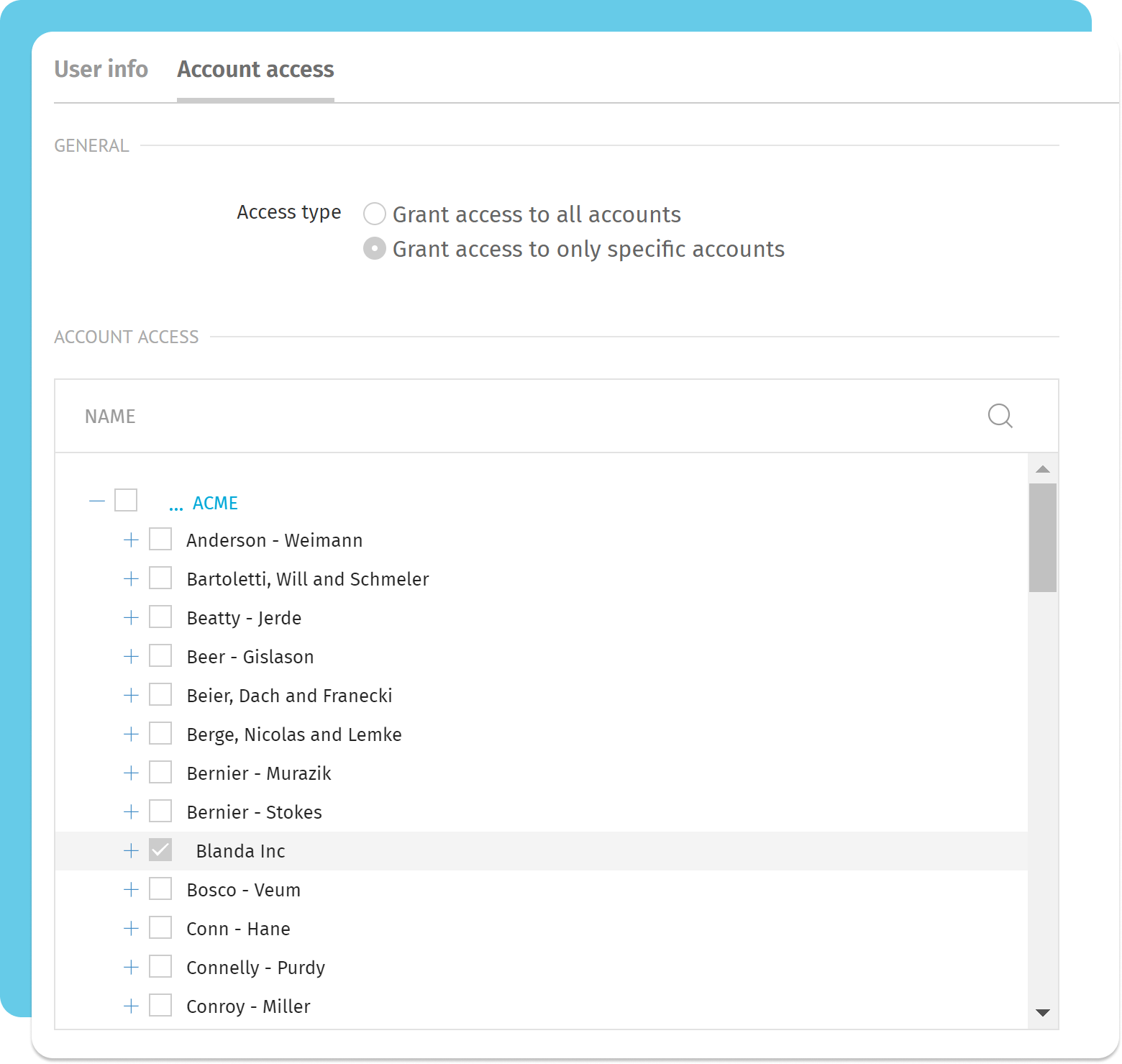
✅ Role-based Access Control
The RBAC model of Exivity enables you to set different roles and account access levels. This model enables you to create groups which are (for example) only allowed to see certain reports or only allowed to change rates. In turn, this also enables you to expose the Exivity software as a dashboard to end users which are only permitted to report on their own consumption records.
Ready to streamline your hybrid cloud metering and billing?
Schedule a 30-minute demo with our experts today and unlock the full potential of your cloud infrastructure!